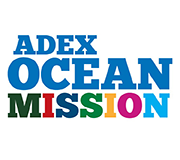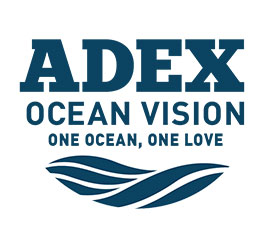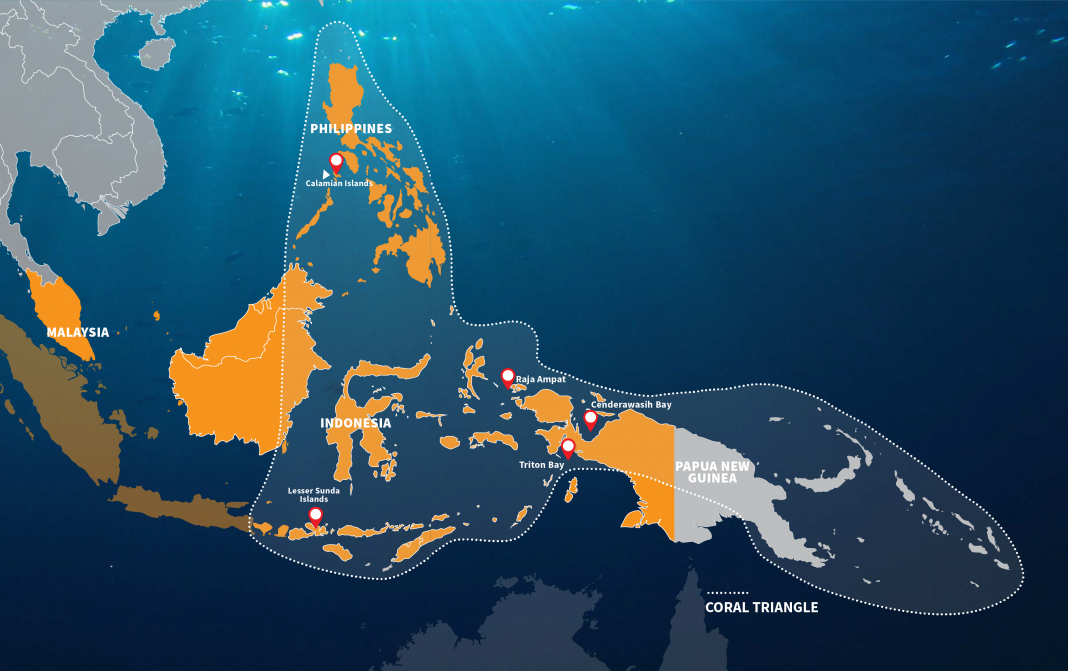Article extracted from Asian Diver Issue 02/2017 (145)
Text and images by Dr. Richard Smith
THE DISTRIBUTION OF MARINE SPECIES is not the same between different areas of the ocean. Richness differs dramatically between regions due to the many pressures that have moulded each community over millions of years. The world’s highest marine biodiversity is found in a relatively small area known as the “Coral Triangle”. The Coral Triangle encompasses six countries – Malaysia, Indonesia, East Timor, Philippines, Papua New Guinea and the Solomon Islands, which together form a roughly triangular shape. The further you travel from the Coral Triangle in any direction, the fewer the number of marine species. So, unsurprisingly, it has been the main hub of recent marine discoveries.
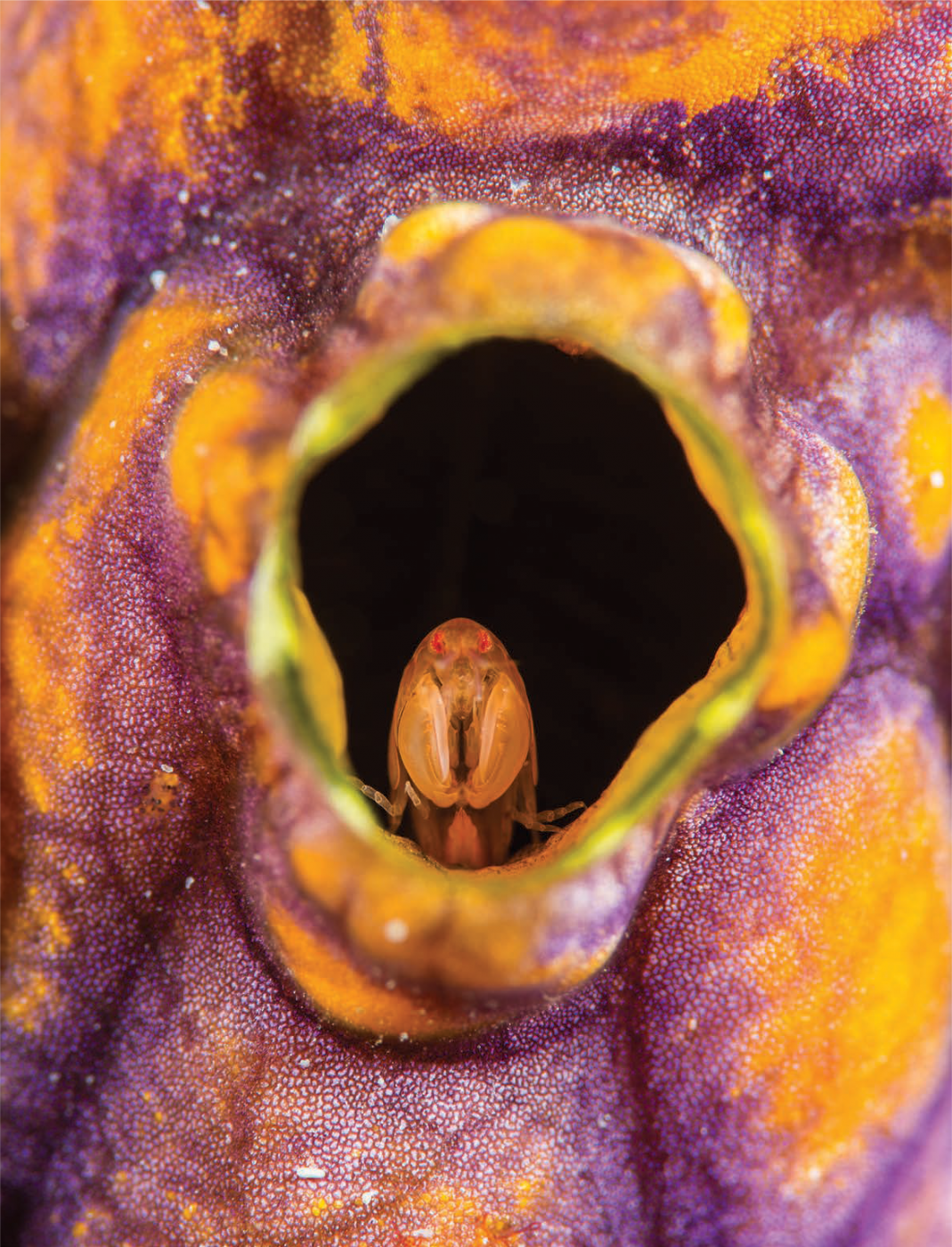
Very similar to an amphipod named after Sir Elton John in 2015, this amphipod is likely to be a new species.
CALAMIAN ISLANDS, PHILIPPINES
This small group of islands off the northern tip of Palawan in the Philippines has offered up a number of new discoveries over the years. It accommodates two of the three known damselfishes that lack a pelagic larval phase and another has recently been discovered from the same area and is in the process of being named. Damsels lay their eggs onto the reef and generally then guard them. Whilst the fry of the other 380 or so damselfishes then float off in ocean currents to distribute far and wide, these three subsequently guard their young, which stay in a small group around their parents. As a result they never get the chance to reach another reef, and the species has become trapped only around these few islands.
LESSER SUNDA ISLANDS, INDONESIA
The island chain that spans from Bali in the west to Timor and Tanimbar in the east has been rich in new discoveries. The islands in the chain are very close to each other – the next island in the chain is almost always visible – but deep oceanic trenches separate them. Strong currents flow through these trenches and impact heavily on the free movement of animals across the channels. As a result this has been a hotbed of diversification and many new discoveries have been made in this area. Several small bottom-dwelling sharks such as the Bali and Alor catsharks have been discovered in recent years, as well as the Indonesian wobbegong shark. Several new flasher wrasses have also be found here, including Renny and Alfian’s flashers from Komodo and Alor, respectively.
TRITON BAY, INDONESIA
Triton Bay was first explored in 2006 by scientists who had been titillated by other areas of the Bird’s Head. They found this to be another endemic-rich area, with several species found nowhere else on Earth. Jamal’s dottyback and Nursalim flasher wrasse are two of the most charismatic, discovered in 2007 and 2008 respectively. Jamal’s is a small, but locally common species that mimics the black bar chromis, whilst the Nursalim is as flashy and stunning as you’d expect for a flasher wrasse. Another dottyback that is very rarely seen, and was only named in 2008, is the zippered dottyback. They are found at the very limits of recreational diving. It has been suggested that two large river outflows on the boundaries of the bay act as freshwater barriers to the spread of these marine species.
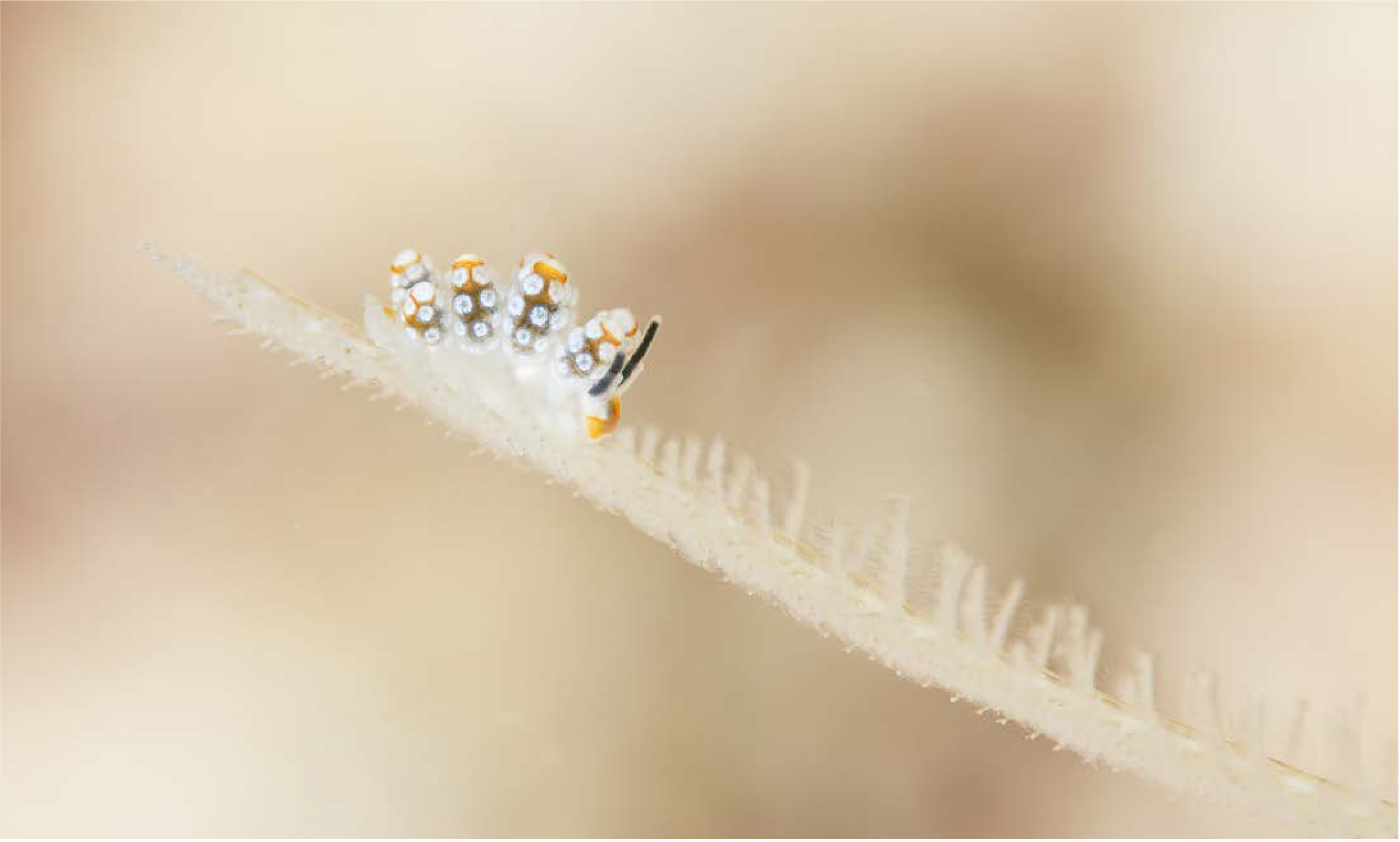
I found this tiny Doto sp. Nudibranch was feeding on a hydroid in Triton Bay. Like many nudibranch it appears to be undescribed.
RAJA AMPAT, INDONESIA
Raja Ampat was the first of the Bird’s Head’s three main regions to be prospected for new species. Funnily enough, Raja Ampat was the site of many historical species discoveries. The blue-finned trevally and black- tipped reef shark both have their type specimens recorded from Raja Ampat a couple of hundred years ago. Along with an outstanding number of known species, in fact the most of any coral reef in the world, there were many new discoveries when scientists rediscovered the area over a decade ago. The ubiquitous Ammer’s dottyback was named in 2012 after the diving pioneer of this region, Max Ammer.
CENDERAWASIH BAY, INDONESIA
In 2006 Cenderawasih was visited for the first time by ichthyologists. They were shocked by the number of new discoveries they made during the trip. The huge bay has been periodically closed off due to ice ages and tectonic plate movements. These effectively isolated the animals in the bay and over time they evolved into new species, ripe for discovery. A glut of new species was named from the bay in the past decade, including Walton’s flasher wrasse, Cenderwasih fairy wrasse, Caitlin’s dottyback and Cenderawasih butterflyfish. Just last year another endemic, Maurine’s demoiselle, was named after Maurine Jones in honour of her work conserving the Bird’s Head.
Like what you’ve read so far? Check out our LIVE! Panel Discussion on the Coral Triangle in Indonesia: The Paradise Paradox tomorrow, 27 August 2020, at the following times:
Singapore – 8PM / Sydney – 10PM / New York – 8AM / London – 1PM / Paris – 2PM / Tokyo – 9PM / Mumbai – 5.30PM / Sao Paolo – 9AM
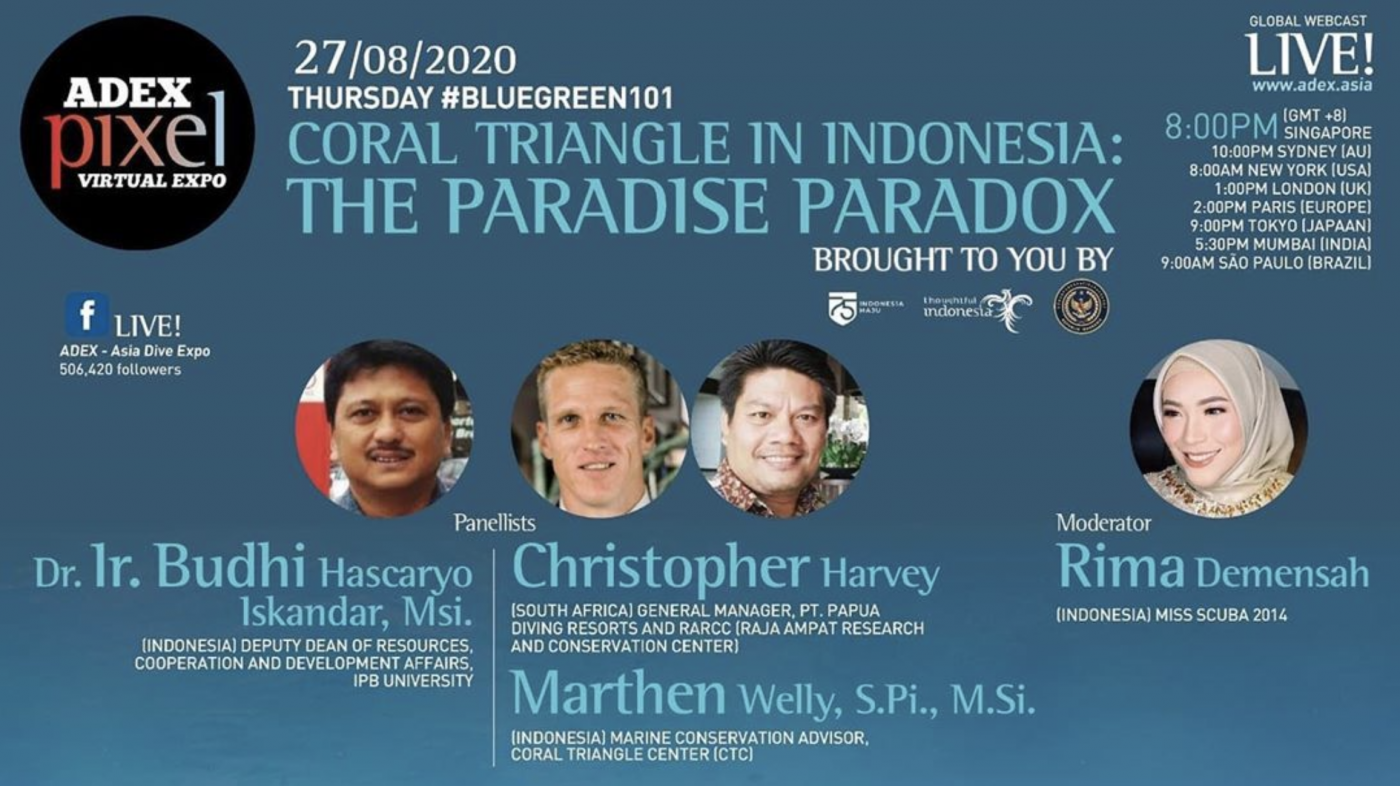 This panel features:
This panel features:
Deputy Dean of Resources, Co-Operation and Development Affairs, IPB University
General Manager, PT. Papua Diving Resorts and RARCC (Raja Ampat Research and Conservation Center)
Marine Conservation Advisor, Coral Triangle Center (CTC)
Moderated by:
Miss Scuba 2014
